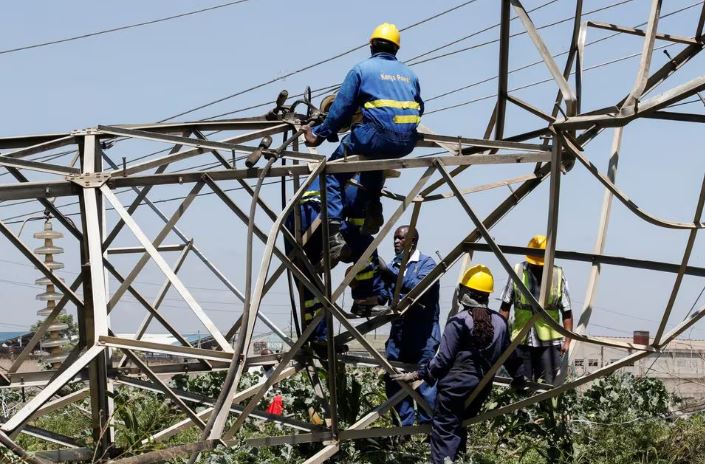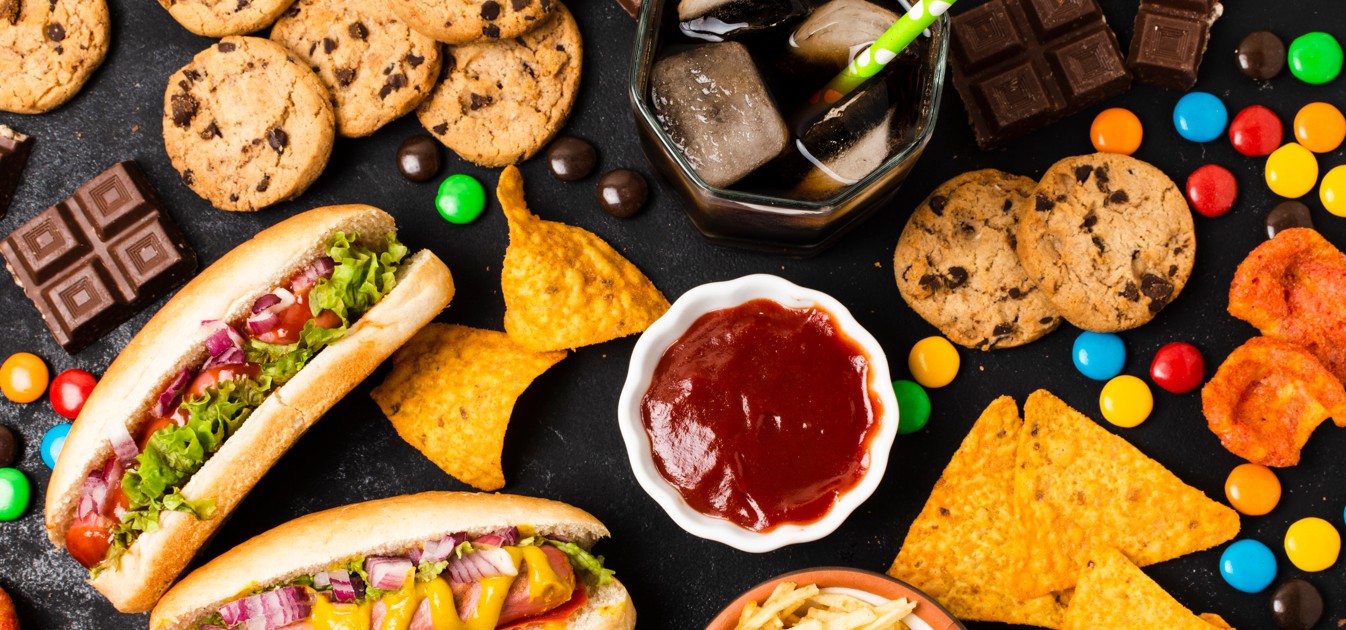Cooker selection made easy: Everything you need to know before buying

With a growing variety of cookers available—from gas and electric to induction and dual-fuel models—consumers need to consider several factors before making a purchase.
Buying a cooker is more than just picking a brand off the shelf or choosing the cheapest option in the market. It is a decision that affects your kitchen efficiency, electricity bills, and even the taste of your meals.
With a growing variety of cookers available—from gas and electric to induction and dual-fuel models—consumers need to consider several factors before making a purchase.
More To Read
- How to remove grease from your oven without messing up your kitchen or sponges
- Why your kitchen sponge could be dirtier than your toilet seat
- More than just fabric: How curtains shape comfort, privacy, and identity in Kenyan homes
- Kenya Power to supply 47,000 subsidised electric cookers in clean energy push
“Choosing the right cooker isn’t just about price or looks,” says Mary Wanjiku, a Nairobi-based home appliance consultant. “It’s about capacity, energy efficiency, safety, and how well it fits your lifestyle.”
Here’s a guide to help you make an informed choice:
1. Type of cooker
First, understand the type of cooker you want. Cookers come in multiple types: gas, electric, induction, and dual-fuel.
• Gas cookers use a gas supply like natural gas or LPG. They offer instant heat control and are often preferred for traditional cooking methods because they heat quickly. Gas cookers are ideal for roasting meats, baking, and conventional cooking.
• Electric cookers heat the oven cavity using electricity, distributing heat evenly for stable temperature control. They are easier to clean and provide consistent cooking, although they may take longer to heat.
• Induction cookers heat the pan directly rather than the surface, making them energy-efficient and safe. They provide instant heat and cool quickly when cooking is finished, perfect for fast and efficient meal preparation.
• Dual-fuel cookers combine gas and electric options, offering versatility for different cooking techniques.
2. Kitchen space and size
Measure the space where your cooker will sit. A cooker that is too large can overcrowd your kitchen, while a small one may not meet your cooking needs. Standard widths range from 50 cm to 90 cm, but larger families may require more capacity.
3. Energy efficiency
Energy-efficient cookers save money on electricity or gas bills. Check appliance ratings and models designed to reduce energy consumption. Induction cookers, for instance, are often more efficient than traditional gas or electric models.
4. Number of burners and ovens
Consider your cooking habits:
• A 4-burner stove may be sufficient for most households, while larger families might prefer 5 or 6 burners.
• Some cookers feature double ovens, allowing simultaneous cooking at different temperatures—ideal for baking, roasting, and slow cooking.
“How fast do you want to be making your meals? With a four-burner, you can cook multiple dishes at once, saving time,” Wanjiku explains.
5. Material and build quality
Durable materials such as stainless steel or enamel-coated surfaces ensure long-lasting performance and easier cleaning. Avoid cheap plastic components that may wear quickly or crack under high heat.
6. Safety features
Look for flame failure devices, auto shut-off, child locks, and cool-touch surfaces. Safety is especially important in homes with children or elderly members.
7. Control type
Cookers may have knobs, touch panels, or smart controls. Knobs are traditional and reliable, while touch panels offer precision and sometimes programmable cooking modes. High-end models may even integrate with smartphone apps for remote monitoring.
8. Maintenance and cleaning
Consider how easy the cooker is to clean. Features like removable burners, non-stick oven trays, and self-cleaning ovens reduce maintenance time. Electric and induction cookers generally require less scrubbing than gas cookers.
9. Budget and warranty
Set a budget, but balance cost with features and quality. A slightly more expensive cooker with energy efficiency, durability, and a comprehensive warranty can save money in the long run. Many reputable brands offer 1–3-year warranties, with some extending coverage on key components.
Once you decide on your preferred type, size, and features, you can research online or visit stores to compare options, finalise a brand, and make your purchase.
“A cooker is one of the most used appliances in any household,” Wanjiku adds. “Taking time to evaluate your needs and lifestyle ensures you get a model that is safe, efficient, and durable.”
Whether you are a first-time buyer or upgrading, considering type, size, safety, energy efficiency, and maintenance will help you make a choice that fits both your kitchen and your budget.
Top Stories Today











































